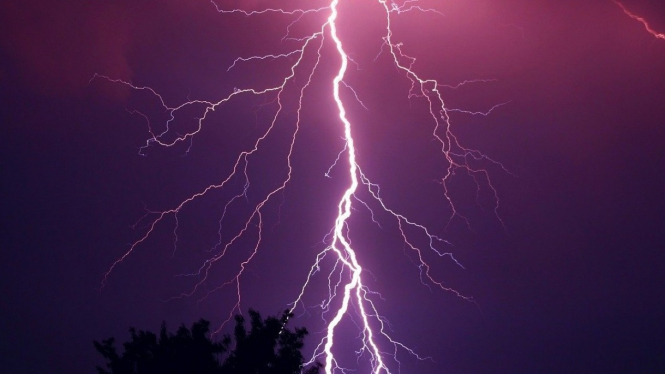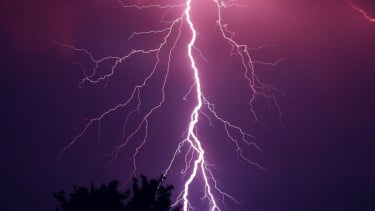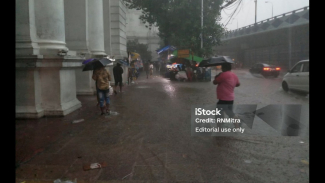- U-Report
VIVA – Lightning is the most energetic natural phenomenon, unleashing millions of volts in fractions of a second; its destructive power may damage buildings, overload electrical grids, start firing, and cause deaths and injuries. In the Back to the Future trilogy, lightning was used to charge a time machine.
An international team of scientists has claimed that they managed to successfully steer lightning bolts using laser technology for the first time during a storm in Switzerland.
In a new study published in the journal Nature Photonics, physicist Aurelien Houard, from the French National Center for Scientific Research's Applied Optics Laboratory in Paris, and his colleagues from the University of Geneva touted what they described as a first-ever demonstration of laser-induced filaments that successfully guided lightning to the ground.
They explained that the experiment was conducted in the summer of 2021 on Santis Mountain in northeastern Switzerland, where the researchers installed a high-repetition-rate terawatt laser near a telecommunication tower that is stuck by lightning about 100 times a year.
ilustrasi pesawat tersambar petir
- cnde.iastate.edu
The scientists added that the laser was activated every time storm activity was forecast in the area between June 2021 and September 2021. They pointed out that the tower was hit by at least 16 bolts of lightning, four of which occurred during laser activity, and that all four strikes were intercepted.
“The guiding of an upward negative lightning leader over a distance of 50 meters was recorded by two separate high-speed cameras. The guiding of negative lightning leaders by laser filaments was corroborated in three other instances by very-high-frequency interferometric measurements, and the number of X-ray bursts detected during guided lightning events greatly increased,” the scientists explained.
The University of Geneva researchers said in a separate release that the data analysis indicated that the so-called Lightning Laser Rod (LLR), "unlike other lasers, works even in difficult weather conditions such as fog (often found at the summit of Santis), which can stop the beam since it literally pierces the clouds."
As the next part of the experiment, the scientists plan to further increase the height of the laser's action, extending the 10-meter LLR by 500 meters.
The concept of using lasers to avert lightning strikes was first put forward back in the 1970s. It worked in laboratory conditions but never in the field till the 2021 experiment.
























